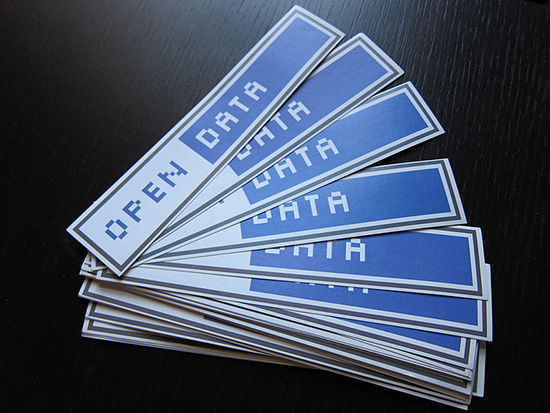
Kim Learns about Data Preservation and Access
Kim has come a long way in her understanding of data management planning. In the previous parts of this tutorial, she learned how to document data and about the importance of using standards in such documentation and description. She now appreciates the need to be clear in the DMP about how the data will be shared and made accessible, and what the time frame will be for making them available. Kim has also been discussing with Dr. Smart what kinds of derivatives from the data might be possible and interesting for related research communities. She is now in a position to finish the DMP by addressing storage and preservation of Dr. Smart's data.
Part 5 of this tutorial guides you through the process of where to store your data, once your project concludes, so that you may be assured of long-term preservation of the data for ongoing access. You'll be able to address the following in this part of the DMP:
-
Disciplinary data repositories that are applicable to the research data sets you will be collecting and sharing. (Note: some repositories have requirements in terms of types of data, descriptive standards, and size of data.)
-
Information about Penn State's repository service, ScholarSphere, where researchers have deposited data to share them and ensure persistent access to them.
-
Tips on how to store your data for safekeeping.

